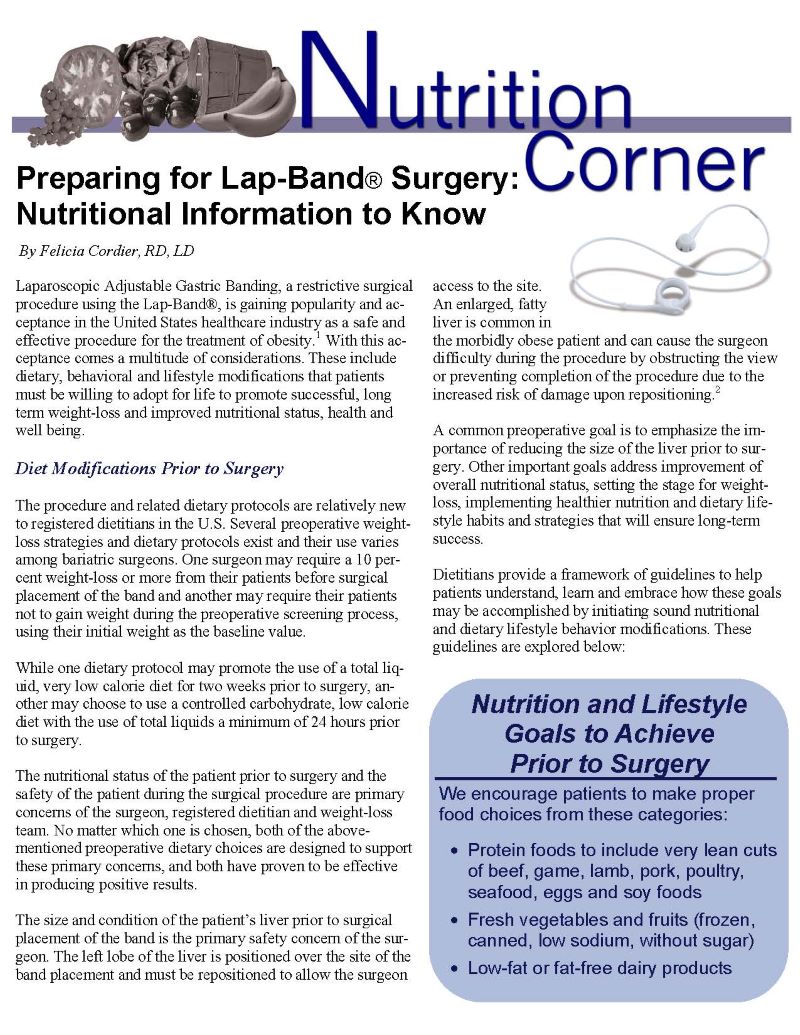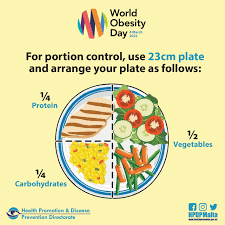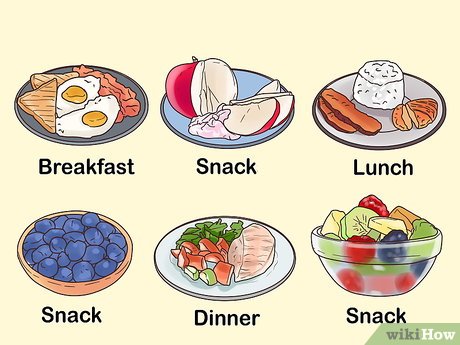
A diet high in natural whole foods is the best for skin. The essential nutrients and antioxidants found in dark leafy greens are abundant. They will improve your skin's overall health and prevent any future blemishes. They can be added to soups, salads, wraps, and daals. They are also an excellent choice when it comes to adding color to your dishes. They are high fiber foods, which are great for digestion and overall skin health.
Many fruits and veggies are good for the skin. Biotin is a great source in avocados. This helps moisturize dry skin while also preventing brittle nails. The best sources of antioxidants are walnuts and sunflower seeds. Green tea has polyphenols which improve the texture of your skin. Tomatoes are a good source of lycopene. This protects your skin against sun damage and prevents premature ageing.

Veggies and fruits are great sources of antioxidants. These compounds stop the formation of free radicals which can cause wrinkles or age spots. These fruits and vegetables should be consumed in five servings per day. These foods are rich in betacarotene, which can be found sweet potatoes, carrots, and pumpkin. Lutein (found in papaya and Kale) is another important ingredient for protecting the skin.
Eat lots of fruits and vegetables to get the best results. They are high in antioxidants that protect the skin cells. Blueberries, blackberries and dark leafy vegetables are some of the most nutritious fruits and veggies. Also, you should eat lots of fish and poultry. These foods contain essential minerals which support the skin's health. These foods are also low in calories, and they contain omega-3 essential fatty acids.
Healthy fats are important in addition to fruits and veggies. The best fats are Omega-3 and monounsaturated, which help the body absorb vitamins and nutrients. Moreover, you can add avocado to salads and smoothies, eat it with a spoon, or mash it up and use it as a moisturizing mask. This food is packed with monounsaturated fats, which are good for skin.

You should also eat fruits and vegetables. These fatty acid help to increase the skin's natural moisture barrier. Vitamin Z in pumpkin seeds helps to promote skin regeneration. These seeds can be used in smoothies and trail mix. Because they are low-calorie and high in Omega-3 fatty acid, they are great for your skin. Your skin will benefit from a variety foods rich in Omega-3 phospholipids and antioxidants.
For clear and healthy skin, omega-3 fatty acids are vital. They are essential for healthy cell membranes, and fighting free radicals. They are also good for wound healing. Avoid excessive dairy consumption. Excessive dairy intake can lead to acne breakouts. You should also limit your intake of salty foods, dairy products, and other processed foods, which can increase fluid retention. Avoid processed foods and refined sugars.
FAQ
What is the difference between sugar and fat?
Fat is an important energy source, which comes from food. Sugar is naturally found in fruits and veggies. Both fats (and sugars) have the same calories. However, fats contain more than twice as many calories as sugars.
Fats are stored in the body and contribute to obesity. They can lead to cholesterol buildup in the arteries, which could cause heart attacks or strokes.
Sugars are quickly absorbed and provide instant energy. This causes blood glucose levels to rise. High blood glucose levels can be dangerous because it increases the risk of developing type II diabetes.
How to measure body weight?
The best way to measure body fat is with a Body Fat Analyzer. These devices measure the body fat percentage in people who wish to lose weight.
What is the difference among a virus or a bacterium and what are their differences?
A virus can be described as a microscopic organism that cannot reproduce in another cell. A bacterium is a single-celled organism that reproduces by splitting itself in two. Viruses have a very small size (about 20 nanometers), while bacteria is larger (up to one micron).
Viruses can be spread by contact with bodily fluids containing infected substances, such as saliva, urine and semen. Bacteria can easily be spread from direct contact to contaminated surfaces and objects.
Viruses can enter our bodies through cuts, scrapes, bites, or other breaks in the skin. They may also get into the body through the nose and mouth, eyes, ears or rectum.
Bacteria can get into our bodies through cuts, scrapes and burns, insect bites, or other skin breaks. They may also come into our bodies through food, water, air, soil, dust, or animals.
Both bacteria and viruses cause illness. But viruses can't multiply within their hosts. They only cause disease when they infect living tissue.
Bacteria may spread to other people and cause sickness. They can also invade other parts of your body. They can even invade other parts of the body, which is why antibiotics are necessary to eradicate them.
How much should I weigh for my height and age? BMI calculator and chart
A body mass index calculator (BMI) is the best way to find out how much weight you should lose. The healthy BMI range for a healthy person is 18.5 to 24.9. Aim to lose 10 pounds per month if your goal is to lose weight. Simply enter your height, weight and desired BMI into the BMI calculator to calculate it.
This BMI chart can help you find out if or not you are obese.
Why does our weight change with age
How can you tell if your bodyweight has changed?
Weight loss occurs when there is less fat than muscle mass. This means that the amount of calories consumed must exceed the amount of energy used daily. A decreased level of activity is the main cause of weight loss. Others include pregnancy, hormonal imbalances or certain medications. Weight gain occurs when there is more fat than muscle mass. It occurs when people eat more calories than what they use in a given day. Common reasons include overeating, increased physical activity, and hormonal changes.
The primary reason we lose weight is that we consume less calories than what we burn. When we exercise regularly, we increase our metabolism rate which burns off more calories throughout the day. But, this does not mean that we will be thinner. It is important to know if we are losing weight or gaining muscle. Weight loss is possible if you burn more calories than you consume. If we consume more calories that we burn, we are actually storing them in fat.
As we grow older, we tend to become slower at moving around and therefore we don't move as much. We also tend to consume less food than when we were younger. Also, we are more likely to gain weight. On the flipside, we are more muscular than we really need and appear bigger.
There's no way to tell how much weight you've lost unless you weigh yourself every week. There are many different ways to measure your weight. You can measure your waist, hips and thighs as well as your arms. Some people prefer to use bathroom scales while others like to use tape measures.
If you want to track your progress, you should try weighing yourself once a week and measuring your waistline once a month. To see how far you have come, you can take photos of yourself every few month.
You can also find out how much you weigh by looking up your height and weight online. If you're 5'10' tall and weigh 180lbs, you'd likely weigh 180lbs.
Statistics
- According to the 2020 Dietary Guidelines for Americans, a balanced diet high in fruits and vegetables, lean protein, low-fat dairy and whole grains is needed for optimal energy. (mayoclinichealthsystem.org)
- WHO recommends reducing saturated fats to less than 10% of total energy intake; reducing trans-fats to less than 1% of total energy intake; and replacing both saturated fats and trans-fats to unsaturated fats. (who.int)
- WHO recommends consuming less than 5% of total energy intake for additional health benefits. (who.int)
- This article received 11 testimonials and 86% of readers who voted found it helpful, earning it our reader-approved status. (wikihow.com)
External Links
How To
How to live a healthy lifestyle
Healthy lifestyle means you can maintain your weight, health, and fitness. Healthy living is a lifestyle that involves eating healthy, exercising regularly and avoiding drugs, alcohol, nicotine, and tobacco. A healthy lifestyle helps you stay fit and feel good about yourself. Healthy lifestyles can also reduce the risk of chronic diseases, such as stroke, heart disease, diabetes, cancer, osteoporosis and arthritis.
The goal of this project is to give a step by step guide on how to live healthier lives. The introduction was the first portion of the project. It describes the benefits of living a healthy life, what it means, and who we are. Next, I wrote the body paragraphs. These include tips and tricks for maintaining a healthy lifestyle. The conclusion summarizes the article and offers additional resources if necessary.
I was able to learn how concisely and clearly I could write my paragraphs through this assignment. Also, I learned how to organize my ideas into topic sentences and supporting details. Furthermore, I was able to improve my research skills by being able to identify specific sources and correctly cite them. I also learned proper grammar and writing skills.